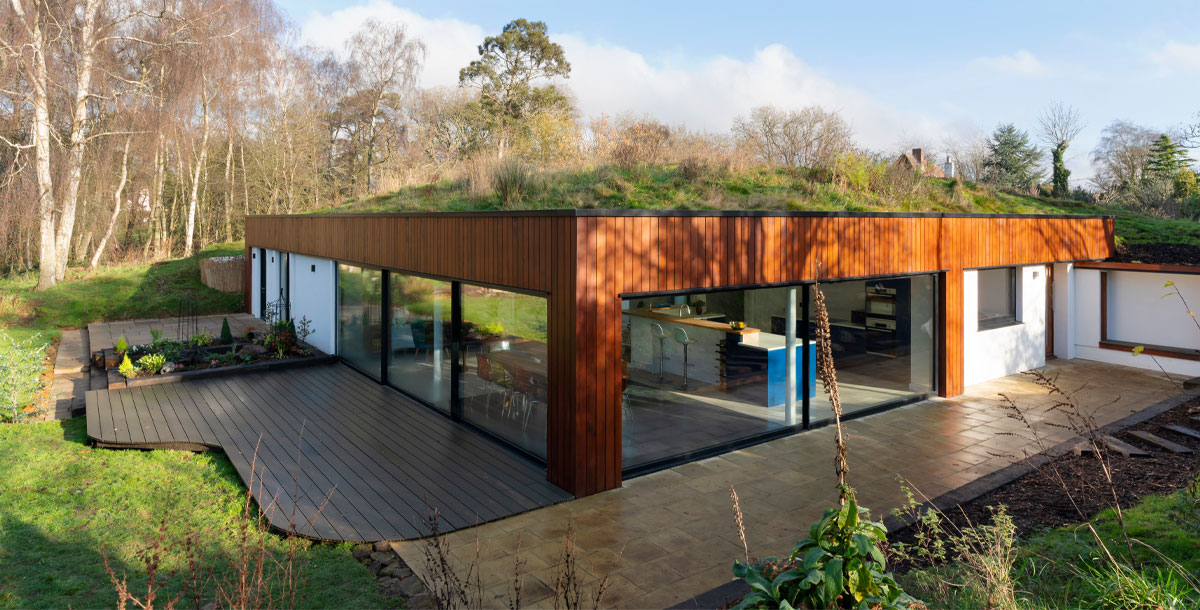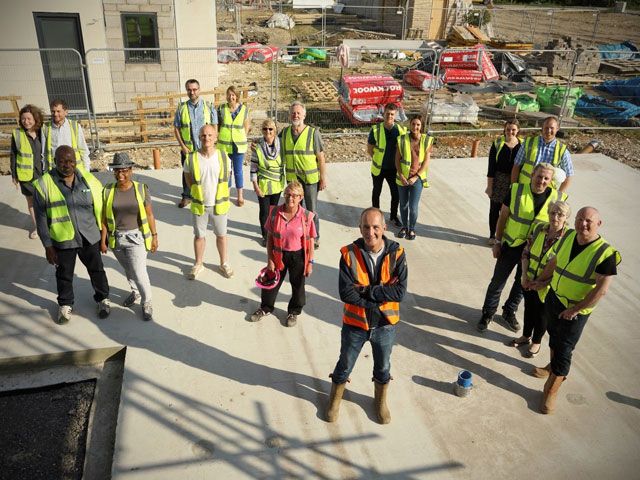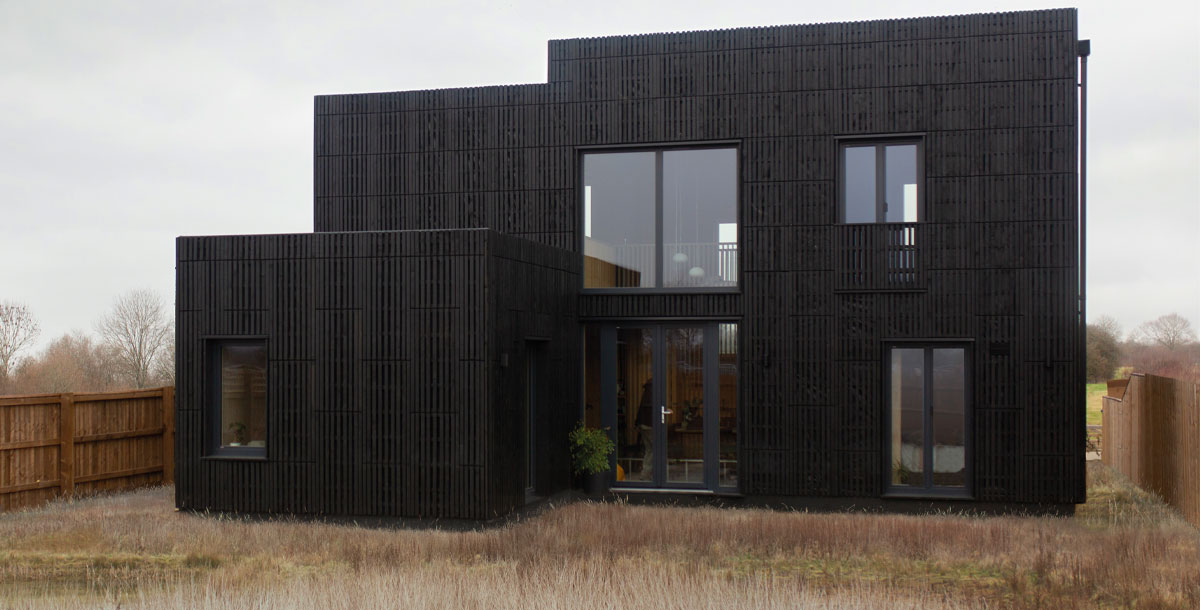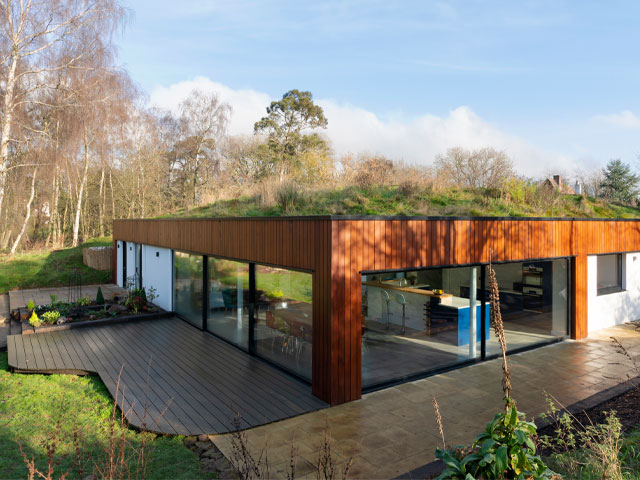Right to Build Day 2021 marks significant year for self build
NaCSBA celebrates the government's Self and Custom Build Action Plan plus further developments
Each year, on 30 October, NaCSBA celebrates Right to Build Day – the date that local authorities in England must demonstrate they have provided sufficient self-build plots to meet the demands of aspiring grand designers.
While it takes time to crunch the numbers to see if planning permissions are keeping up with demand, NaCSBA has noted a number of significant developments for the custom and self-build (CSB) sector this year.
Most notable is the Self and Custom Build Action Plan, published in April 2021. The plan states that, as a key part of its pledge to deliver 300,000 additional homes per year, the government is ‘committed to increasing the number of self- and custom-build homes in this country, and to establish it as a mainstream option’.
The plan outlines the three main barriers to the growth of the custom and self-build sector in England – access to finance, access to land, and the skills/knowledge gap – plus government interventions to address these issues.
Self-build finance
In a survey conducted by YouGov and commissioned by NaCSBA and the Building Societies Association in October 2020, just over 2,000 adults were quizzed about their self-build intentions. Unsurprisingly, 59% of respondents said that finance was the biggest barrier to tackling a build.
The Self and Custom Build Action Plan includes plans to address access to self-build mortgages. Plus, there’s the Help to Build loan scheme, announced in November 2020. The scheme should enable custom- and self-builders to access the market with just a 5% deposit, backed by some £150 million of government funding. The launch has been delayed, but according to NaCSBA, full details should emerge shortly.
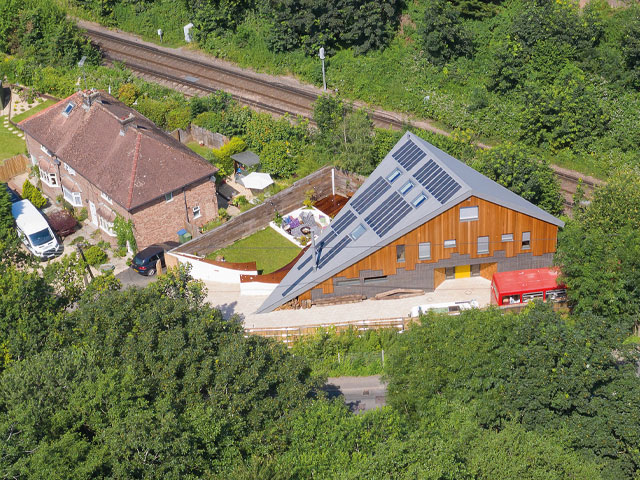
Olaf Mason, like many grand designers, found self-build financing difficult. Photo: Jefferson Smith
Access to land
‘If you can afford to buy a house, you can afford to build a house,’ said Andrew Baddeley-Chappell, CEO of NaCSBA, during a panel discussion with Kevin McCloud at Grand Designs Live 2021. The cost of land is the problem, he noted, and this is where custom build comes in, with sites like Graven Hill in Oxfordshire – the UK’s largest self-build development, documented in Grand Designs: The Street – making a real mark.
‘Custom build is a more affordable option for a better house,’ said Baddeley-Chappell. ‘If you build on a large development, that will be cheaper. You get more house for your money.’
Government efforts to improve access to land include the Brownfield Land Release Fund, announced as part of the 2020 Spending Review. During two rounds of funding – the second of which ended in November 2021 – £25 million was allocated to local authorities to release surplus brownfield land for custom and self build.

